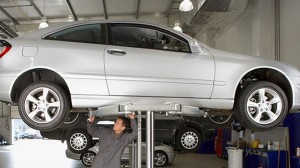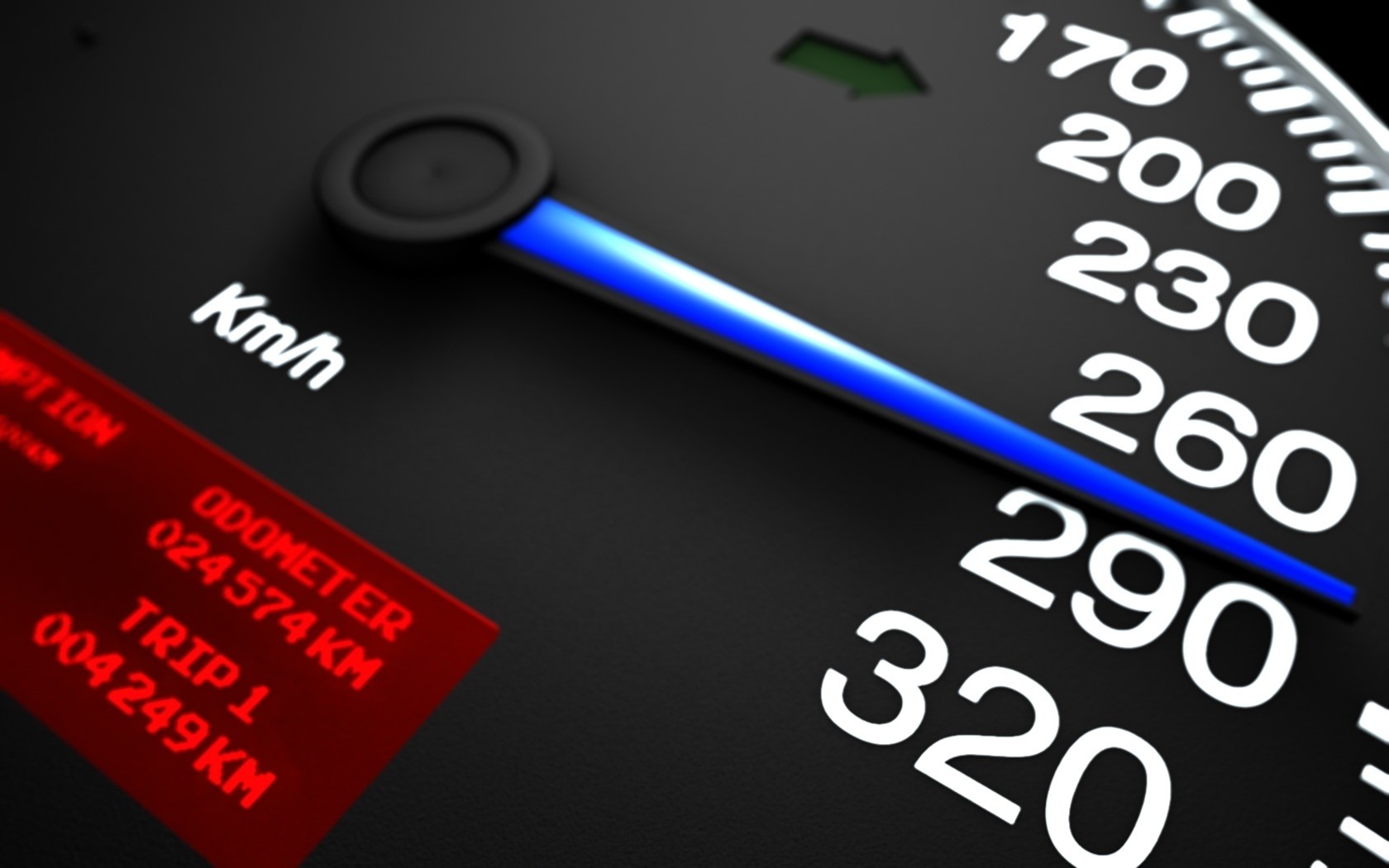 Understanding What Goes Into An Estimate.
Understanding What Goes Into An Estimate.
People ask me all the time how the price of an auto repair is determined, usually phrased something like, “Why does my car repair cost so much?” This is a question worth asking, especially if you’ve been given a repair quote that runs into the hundreds or even thousands of shillings.
There are three main criteria used in pricing any given auto repair. The first is the labor rate, or what the shop charges for the time and expertise that goes into repairing your vehicle. The second is for the parts themselves, and whatever other shop support materials are used in the process of the repair. The third area to consider are the fixed costs or overhead that the repair shop has to cover, but that doesn’t get reflected on your bill.
Understanding Labor Charges
When you see a line item for “labor” on your repair estimate or bill, there are two factors that go into it. The first is the shop’s own per-hour labor rate. The second is “book time.”
A shop’s labor rate is the hourly rate it charges for work. The term “book time” refers to the average amount of time it takes to perform a particular automotive repair or maintenance job. This is a number that’s set based on how long it takes a factory mechanic (or “technician,” as is the common industry parlance) to do the job, but with a modifier applied in order to establish a more realistic time that a less trained technician might take. It’s the automotive tech’s responsibility to complete the job within that “book time” window, though sometimes repairs take longer or can be performed quicker.
A shop that specializes in a particular area usually charges higher labor rates for their service than a general service shop. While a specialist may charge more, this type of shop can often wind up being cheaper in the long run. A specialist is more likely to diagnose and repair a problem in laser-like fashion, fixing the vehicle in less time and using fewer new parts. Shops unfamiliar with a type of problem can end up muddling around, wasting the customer’s money on unnecessary parts and long hours of labor just trying to find a solution.
Parts And Supplies
Yes, auto repair shops mark up the price of parts. These guys have to make a profit to stay in business, so typically they will tack on about 30 percent. Keep in mind that this markup also means that reputable shops can provide a warranty for their repairs.
The type of parts used for auto repair directly affects the bottom-line price. Original Equipment Manufacturer (OEM) parts tend to be the highest priced, followed by aftermarket parts. There are typically two to three tiers of aftermarket parts. Different tiers are defined by quality. I use the top of the line aftermarket parts to raise the chance of a longer lasting, effective auto repair.
Finally, used parts also vary in price depending on the mileage and/or demand of the part. A used part can render an effective repair, depending on its condition.
“Shop support” can be defined as any products or services used to complete the repair. During the course of any auto repair certain stuff gets used, supplies like brake cleaning solution, shop rags, and replacement fluids. There are other ancillary services that you might encounter, like recycling and disposal fees for oil and other fluids. Costs of this nature are often passed onto the consumer.
Keeping The Lights On
What’s not often passed onto the consumer are the costs of running a shop, which in this modern age, can be pricy. Regardless of size, a shop has expenses that have to be paid by the work generated. There are the obvious ones, like the rent, electricity, heat and other utilites.
But there are also substantial costs for equipment and technology. In order to work on today’s cars a shop must have state-of-the-art scanners, diagnostic software, and lab scopes to analyze vehicular datastreams in an effort to extract critical information for accurate vehicle repair. Without such info, techs cannot deliver accurate repairs. Other equipment such as vehicle lifts, floor jacks, lubrication equipment and the likes are necessary to operate a shop efficiently and effectively.
Good trained service personnel costs money, period. Usually techs are classified as “A”, “B”, or “C” techs, and the more high-grade techs in a shop, the more it costs to pay them. In order to attract a high-grade technician these days, shops have to pay a good hourly rate or weekly salary. In addition, health insurance and other benefits such as a company car often go into the package to attract the class “A” technician.
These technicians have to go to school on a regular basis to keep up with new automotive technology. Without this training, techs cannot repair vehicles in the “book time” allotted for a particular service operation. (Not to mention the occasional “headache” job that comes along that every tech in town has had his/her hands on without success.) A repair shop usually pays for this training.
Many shops carry their own parts inventory. Given the number of different years, makes, and models of vehicles on the road, this inventory must be broad. Sitting on this inventory is not cheap.
As you can see, there’s a lot more that goes into auto repair pricing than parts and labor.



![Top 20 Used Cars to Avoid Buying in Kenya – [PHOTOS]](../../../blog/wp-content/uploads/2013/11/top-used-unreliable-cars-to-avoid2-80x60.jpg)

![Top 20 Used Cars to Avoid Buying in Kenya – [PHOTOS]](../../../blog/wp-content/uploads/2013/11/top-used-unreliable-cars-to-avoid2-100x70.jpg)




The #1 diagnostic trouble code (DTC) is “System Too Lean. These flags help remind the customers of what they may need performed on their car, or maybe give them an idea of the things they could do to fix up their car, when they drive past the flags. When you are looking for a car to purchase, make sure that any vehicle you consider is equipped with the latest safety features. In that case, you MUST seek professional help to fix the car. We can either touch rock chips up with a tiny paintbrush, or repair them with an airbrush. When seeking help at an auto shop, it is important to clearly explain what the problem is to mechanics. It really is the front-most or rear-most part of an auto. If you desire added extras, sometimes you can get them just by asking. Letting the Check Engine light stay on due to a defective gas cap will release will decrease fuel economy by. You need to know what you should for in a car repair Broomfield co.